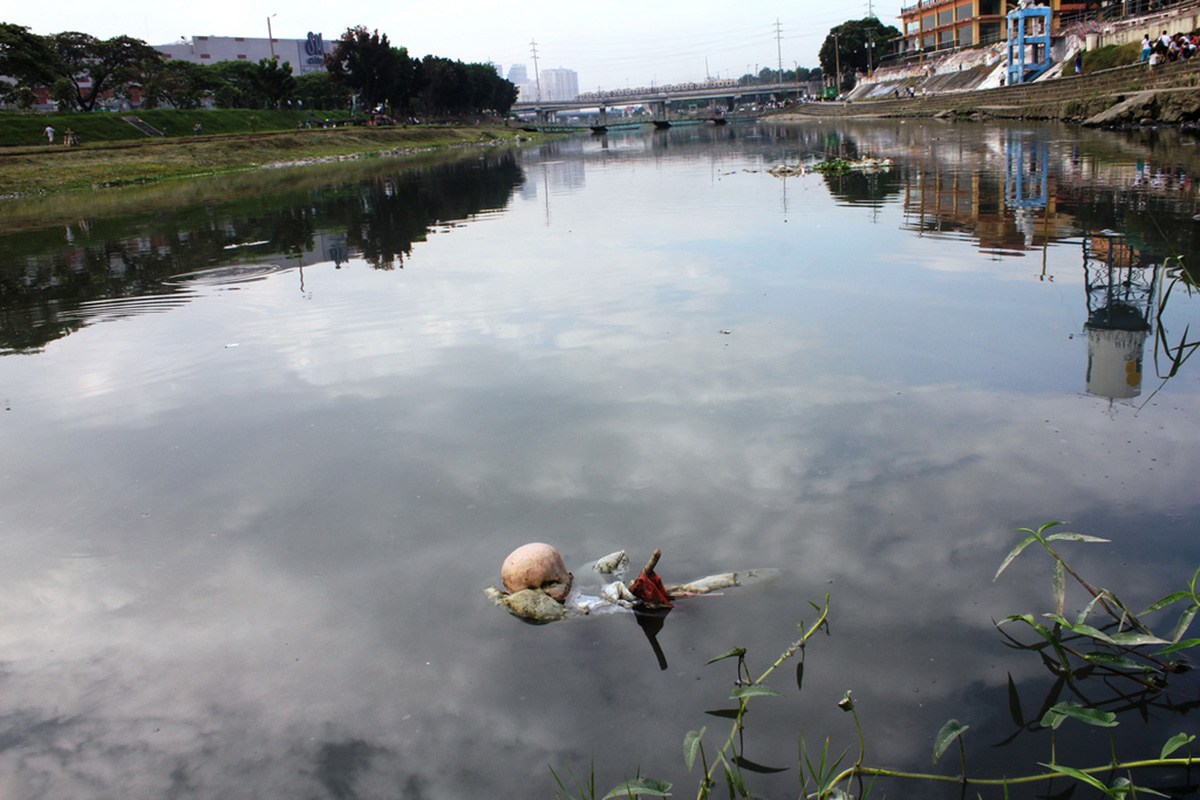Table of Contents
The chemical spill in West Virginia was anything but unique. Just the year before the coal chemical spill, an oil spill at the Magnolia Oil Refinery near Magnolia, Arkansas dumped 15,000 barrels (7,000 tons) of crude oil into Little Corney Creek, resulting in an oil slick 1.5 miles (2.4 km) long. In 1988, a dump truck driver unloaded twenty tons of aluminum sulfate into the wrong tank at a water purification center in Camelford, England, causing hundreds of people to suffer diarrhea, cramps, and stomach ulcers, taking 3 weeks to get out of the water system. In 1969, the Cuyahoga River in Ohio became so contaminated it actually caught fire.

What do you need to do just in case your own water becomes contaminated? Here are some vital suggestions.
- Always have enough water for each member of your household to last three days. It's best to have 1 gallon (4 liters) for drinking and 1 gallon (4 liters) for cooking, washing, and at least occasionally flushing the toilet. It is best to store water in glass containers. If you use plastic containers, make sure they are stored in a cool place and never add anything acidic, such as vinegar or lemon juice, to the water while it is being stored. Acidic compounds can leach chemicals out of the plastic.
- Keep canned and bottled drinks, juice, and beer. They are made with purified water.
- Know that you usually can't boil chemical contamination away. A "boil water" notice is typically issued when pipes break and there is a chance that the water supply has become contaminated by ground water or sewage. Boiling water for at least 3 minutes gets rid of disease-causing microorganisms, but it won't get rid of most chemicals.
- When the water that comes from the faucet is contaminated, find another water source that is not contaminated and treat it, as you would when you were on a hike through the wilderness.
Even if you don't go hiking and backpacking, camp equipment for water purification can come in handy in a water contamination emergency. A filter will capture nasty bacteria and parasites like Giardia, and if the filter is treated with iodine, it will remove viruses, too. Water filters make water more appealing by removing particulate matter.
Chemical tablets such as Potable Aqua are faster and less expensive, but they affect the taste of the water, and they can go bad during storage. It is necessary to replace your water treatment supplies every six months to keep them fresh. Polar Pure lasts longer on the shelf but is more complicated to use.
See Also: Tap Water vs. Bottled Water: Which Is Better?
Filters, chemical tablets, and boiling, however, can enable you to use an alternative water supply when your municipality's water supply is not available. They only work for water you find in places that are not contaminated with the chemical, but they can be exactly what you need to keep your family hydrated and healthy during a water contamination emergency.
- Gabriel. T. Thousands without Water After Spill in West Virginia. New York Times. 10 January 2014.
- Ward, Ken Jr. Scientists ID amount of chemical they consider safe. West Virginia Gazette-Mail. 11 January 2014.
- Mindmap by steadyhealth.com
- Photo courtesy of Albert Lozada by Flickr : www.flickr.com/photos/19804650@N00/5622349504/


Your thoughts on this